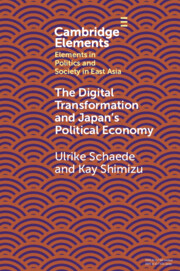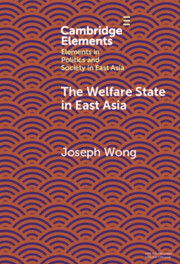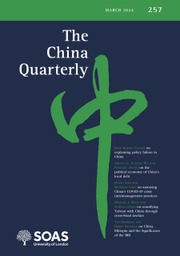Japan's New Industrial Policy
Once hailed for implementing an industrial policy so effective that it transformed Japan into a model 'developmental state,' from the 1980s Japan steadily liberalized its economy and Japanese firms increasingly shifted production abroad via outward foreign direct investment. Yet industrial policy did not just fade away. With the emergence of new competitors in South Korea and Taiwan, and especially the rise of China as a security threat, the Japanese government strove to enhance the viability and competitiveness of Japanese firms as a means to strengthen economic security and reduce reliance on imported energy. Using newly compiled data on Japan's policy apparatus, political environment, and policy challenges, this Element examines how Japan, once an exemplar of 'catch up' industrialization, has struggled to 'keep up' with new challenges to national economic security, and more briefly considers how its policy evolution compares to those of its East Asian neighbors.
Product details
March 2025Adobe eBook Reader
9781009246538
0 pages
This ISBN is for an eBook version which is distributed on our behalf by a third party.
Table of Contents
- Preface
- 1. Introduction
- 2. Institutional continuity but fewer tools – until 2020
- 3. Political relations: old constituents, new boss
- 4. Industrial policy for energy
- 5. Technology for economic national security: promotion, bailouts, and onshoring
- 6. The transformation of industrial policy in Japan's neighbors
- Conclusion
- References.










